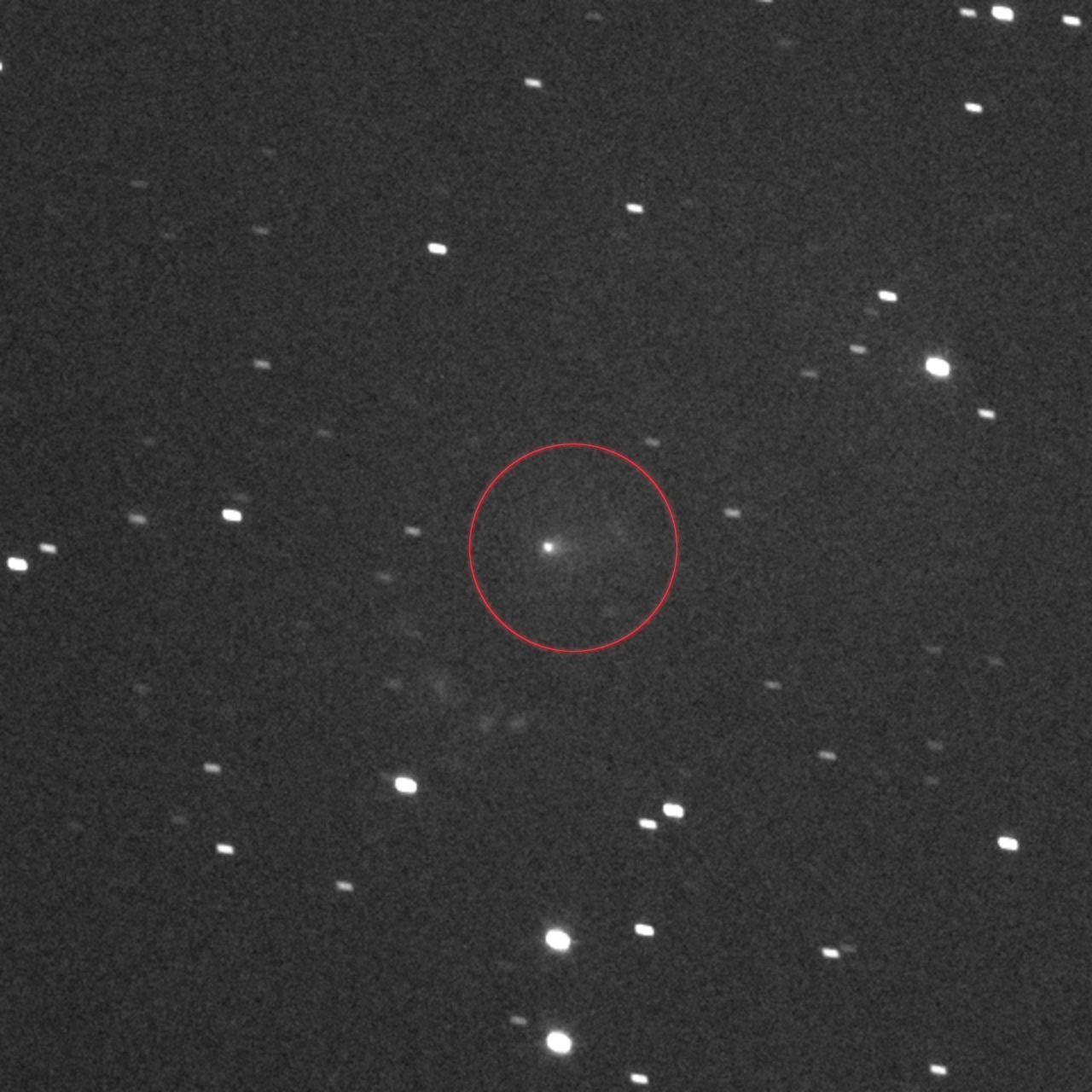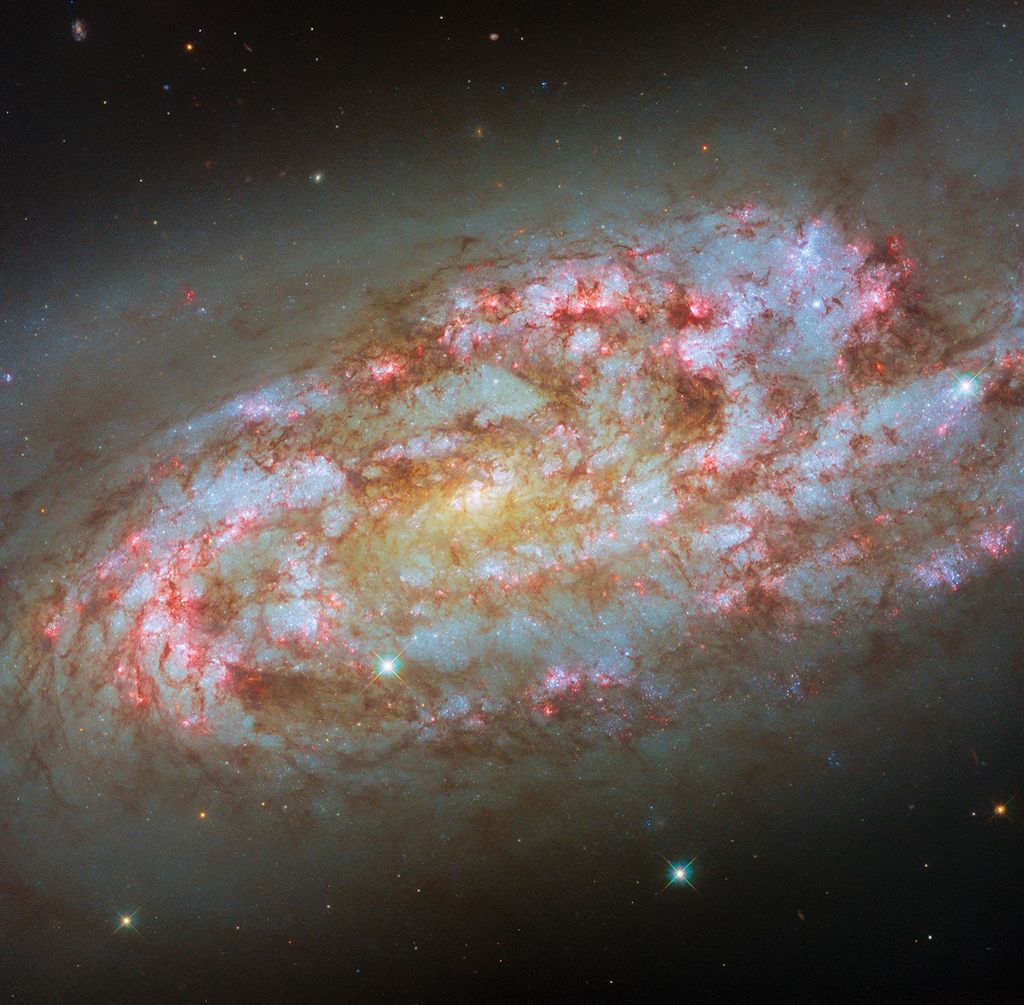NASA’s Lucy Spacecraft Snaps Photos of Interstellar Comet 3I/ATLAS
In mid-September, NASA’s Lucy spacecraft captured images of the intriguing interstellar comet 3I/ATLAS. The third interstellar object ever detected by astronomers as it passed through our solar system, 3I/ATLAS was discovered on July 1 by the NASA-funded ATLAS (Asteroid Terrestrial-impact Last Alert System) survey telescope. At the time, the comet was headed inward from the outer solar system.
Lucy’s high-resolution, black-and-white imager, L’LORRI, captured a series of photos between Sept. 15–17, as the comet was zooming toward Mars. Lucy was 240 million miles away from 3I/ATLAS, well beyond the orbit of Mars, on its way to explore eight asteroids out of two swarms of asteroids that share an orbit with Jupiter, collectively known as the Jupiter Trojan asteroids.

To obtain these images, Lucy had to point its instruments inward toward the comet and the Sun. The mission’s engineers kept the spacecraft’s components from overheating by carefully orienting Lucy so that its body shielded sensitive instruments. Still, while pointing this close to the Sun some stray sunlight scattered off the spacecraft into the camera, creating a faint arc of fuzzy blobs beneath the comet in the above image.
The Lucy team coordinated its observations with astronomers from the Las Cumbres Observatory in Cerro Tololo, Chile, who imaged the comet at the same time as Lucy. The observers in Chile were separated from Lucy by 390 million miles and were viewing the comet from different angles than Lucy. Now, by comparing data from Lucy and Las Cumbres, scientists are working to understand both the three-dimensional structure of the comet and how the comet’s dust scatters sunlight, a rare opportunity to compare ancient dust from a distant solar system to that from our own.
Before capturing images of 3I/ATLAS, Lucy had already flown by and analyzed three asteroids: Dinkinesh, its satellite Selam, and Donaldjohanson. The spacecraft will reach its first Trojan target, Eurybates, on Aug. 12, 2027.
Overall, nearly 20 NASA science teams are working together to track and study this rare, interstellar comet as it passes through our solar system.
For more information on NASA’s 3I/ATLAS observations, visit:























